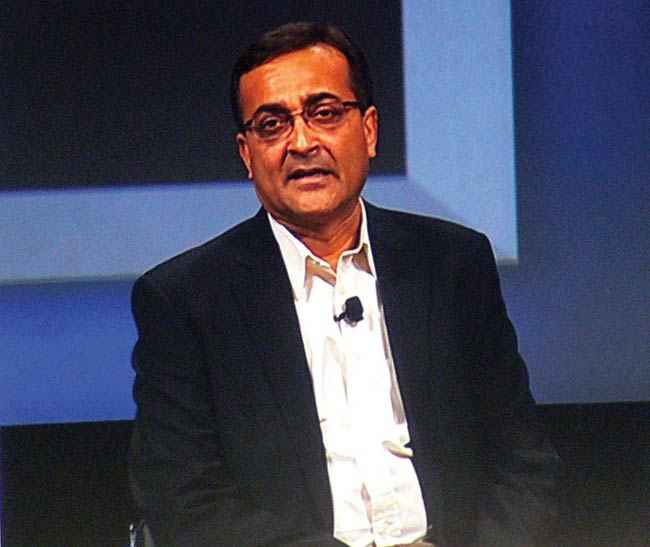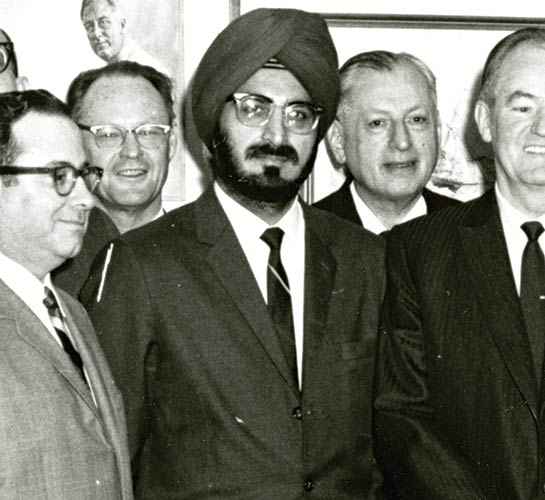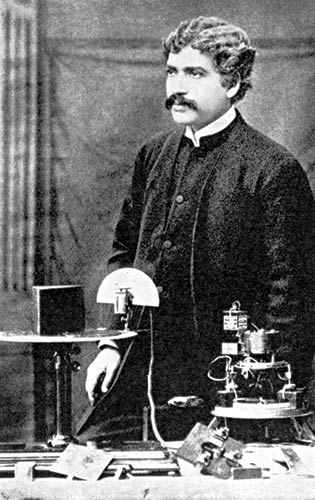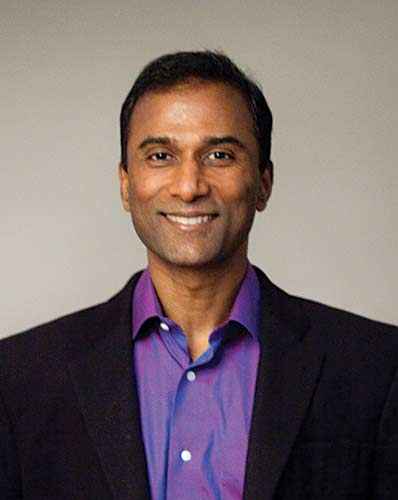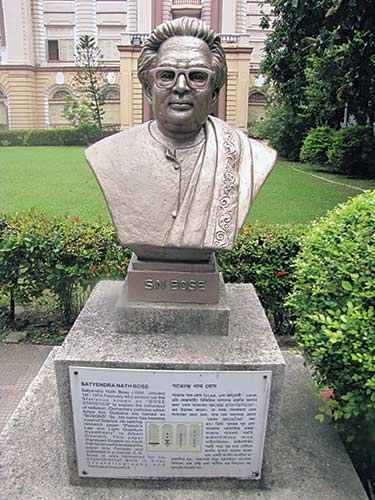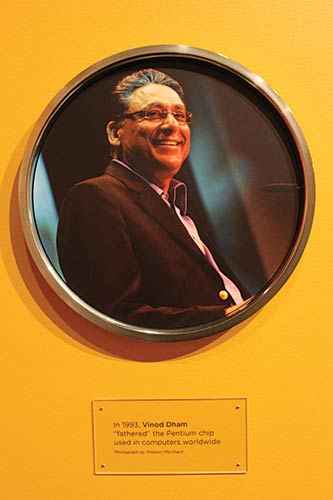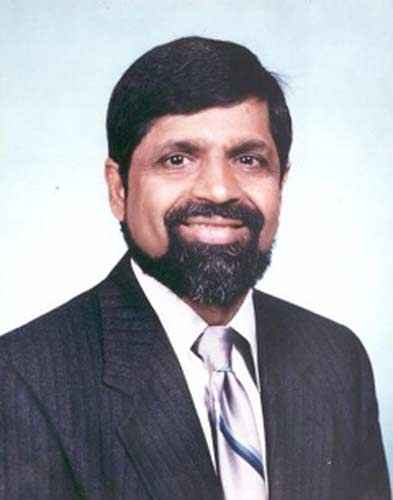10 things in tech that just wouldn’t be the same without Indians
Desi blood has contributed more to modern day science and technology than we often acknowledge.
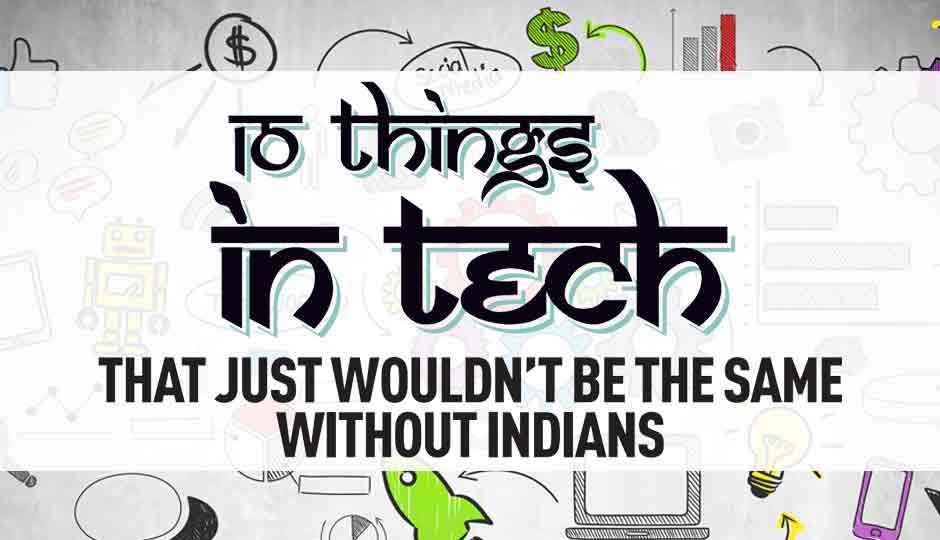
Whenever we talk about India’s contributions to the world, the discussion is inevitably dominated by advances from ancient India in various fields. Unbeknownst to most of the world, there are numerous things in the 21st century technology that India should be thanked for. In fact, some of the things that Indians have given the world of technology even show potential to change it in the future. While the rumors that Indians comprise more than 30% of scientists at NASA might be false, we are at a point where NASA is approaching ISRO for satellite launches. So if you thought that India is just a country for back-office services and outsourcing, get ready to get that opinion changed.
 Survey
SurveyUSB, PCIe AGP
Probably one of the best known names on the list, Ajay Bhatt from Intel is a computer architect who is credited with the creation of Universal Serial Bus (USB), PCI Express and Accelerated Graphics Port (AGP). So basically, your computer, your graphics cards and almost every gadget that can connect to another gadget would have been really different without him. Intel highlighted his achievements in a TV advertisement in 2009, where he was portrayed by another actor. Mr. Bhatt holds 31 patents already and several others are in stages of filing. He completed his graduation at the Maharaja Sayajirao University of Baroda, India.
Intel’s very own rockstar, Ajay Bhatt
Fiber Optics
Known as the father of fiber optics, there is a reason Narinder Singh Kapany is placed right below Ajay Bhatt. If Mr. Bhatt is one of the most well known ones on this list, Mr. Kapany is the one who is least known compared to the fame that his creation has received. He even coined the term “fiber optics” and was featured by Fortune magazine as one of the unsung heroes on a list of seven.
Mr. Narinder Singh Kapany (middle)
Even though people were trying to demonstrate total internal reflection since the 1800’s, it was in the 1950s that Narinder Kapany along with British Physicist Harold Hopkins combined thousands to glass fibers to make a light pipe and managed to send a picture through it.
With over 100 patents to his name, Narinder Kapany’s career has been spread out beyond science over a number of areas like entrepreneurship, management, academia, publishing and even farming. He is also an artist and has created numerous sculpture which have been displayed in public exhibitions.
Radio
While many would still consider this a subject of dispute, it is now public knowledge that Sir Jagadish Chandra Bose made the vast advancements in wireless communication that were necessary for modern day radio. The receiver used by Marconi in his widely acclaimed demonstration of transatlantic communication, for which the invention of the radio is popularly credited to him in the year 1901. Whereas Sir Jagadish Chandra Bose had given a public demonstration of EM waves remotely ringing a bell and exploding some gunpowder. He actually holds the patent for the first solid-state diode to receive electromagnetic waves and created a number of now common microwave components.
Sir Jagadish Chandra Bose at the Royal Institution, London
During the foundation of the Bose Institute in 1917, he apparently made his dislike of patents quite evident. Over the years, there has been a lot of speculation regarding this being a case of simultaneous invention. While it is true that a lot of work was being done around wireless communication and EM waves around that time, Marconi has actually acknowledged the significance of Bose’s work, albeit sparsely, in his writing.
Apart from being a physicist, Sir J.C. Bose was also a polymath, biologist, biophysicist, botanist and archaeologist. He made some significant contributions to the world of plant biology and even has a crater on the moon named after him.
Talking about controversies, the subject of the original inventor of email is actually quite the pickle, having even been debated on twitter. ARPANET was created with the objective of establishing text communication between two computers. Ray Tomlinson wrote a program that allowed this communication system to overcome the limitation of servers and send messages across servers using the @ sign that we are so familiar with now.
About seven years after this program, Shiva Ayyadurai, as a 14 year old in 1978 created a program that replicated the features of a traditional paper based mailing system in the form of currently familiar features like ‘Inbox’, ‘Outbox’, ‘Drafts’, ‘Subject’ etc. Ayyadurai also held the copyright to the term EMAIL at the time of this creation. A point of interest is that patents were not handed out for software at the time of this creation.
While there is still some room for discussion regarding whose contribution to email was greater, there is no doubt in the fact that email would have been vastly different had it not had Shiva’s contributions. That being said, the contribution of Indians to email does not end here!
Shiva Ayyadurai
One of the world’s first free webmail services, Hotmail.com was founded by Sabeer Bhatia and Jack Smith in Mountain View, California with their only competitor at the time being RocketMail (later Yahoo! Mail). It was commercially launched on July 4, 1996 to coincide with the American Independence Day. This was done to emphasise the freedom from ISP based email that Hotmail provided, along with the ability to access the mail from anywhere in the world. Microsoft acquired Hotmail for $400 million in December 1997 and later rebranded it as MSN Hotmail.
The fifth state of matter
If you aren’t shocked that a fifth state exists, you probably know that it is called the Bose-Einstein Condensate. Named after Satyendra Nath Bose and Albert Einstein, this state comprises of a dilute gas of bosons (also named after S.N.Bose) cooled down to absolute zero where they stay at the lowest quantum state.
This state has significant applications in quantum computing where bringing down the particles to a single quantum state is highly important, and also in superconductivity.
Bust of S.N.Bose at Birla Industrial & Technological Museum.
S.N.Bose had sent a paper to Albert Einstein about light quanta where he derived Planck’s quantum radiation law without referring to classical physics. This impressed Einstein who further expanded the ideas to two other papers. This combined effort resulted in the conceptualisation of a Bose gas. In 1995 the first condensate was created, shortly after which another independent researcher demonstrated important BEC properties. Both these research groups received the Nobel prize in Physics in the year 2001.
Pentium processors
The phrase ‘intel inside’ would have been very different without the work of Vinod Dham. He is popularly known as the father of the Pentium chip, for his significant contributions to the creation of the first Pentium chip. The Smithsonian museum in Washington DC held an exhibition in the honor of South-Asian contributions that helped shape America, in which he was highlighted for his work.
The exhibit about Mr. Vinod Dham at the Smithsonian
He also co-invented Intel’s Flash memory while he was at Intel. During his stay at Intel he was even elevated to the position of vice president of the Microprocessors division. One can say that he influenced the entire industry, as he switched to AMD and led the creation of the supposed ‘Pentium killer’ chip K6.
He also gave his entrepreneurship skills due importance in creating multiple startups and even his own startup fund Indo US Venture partners.
Facebook News Feed
Although she is more popular as the first female engineer hired by Facebook, there are many who do not know that Ruchi Sanghvi was also responsible for the creation of one of the most integral parts of Facebook currently – the News Feed. The original news feed was generated by algorithms and constantly updated based on friends’ activities on the social network.
Ruchi Sanghvi initially wanted to work in New York, but according to her she was actually frightened by the “cubicle size”. Well, that is one fear that all Facebook users should be thankful for, since she moved to Silicon Valley where she started working at Oracle. In 2005, she joined Facebook. “We wanted to deliver a Newspaper. A newspaper that would give you stories from High school friends, workplace, family, colleagues and anyone you cared about. We wanted to make a personal newspaper for everyone. We wanted to deliver 10,000,000 million personalized newspaper everyday!”, wrote Ruchi in the blog post that announced the development.
The news feed was initially met with severe criticism due to privacy concerns, with a big chunk of that being directed at Ruchi herself. This led to a marathon 48 hour coding session for her and her team where the privacy controls, which we take granted for now, were created.
Always remember, Facebook would be an information hunting site rather than a social network had it not been for the news feed! One can still find her original blog post here
| Anandtech |
|---|
| This isn’t really a tech discovery or invention, but since tech journalism is close to our hearts we figured AnandTech deserves a special mention. It’s one of the most reliable hardware review sites out there, AnandTech was created by a 14-year old Anand Lal Shimpi on April 26, 1997. Originally it was known as Anand’s Hardware page and Anand Lal just intended to share his own knowledge. From there, the website has built a reputation for its in-depth reviews. |
Programming
This one is from Ancient India, yet it’s significance lies right here, in the middle of present days. Maharishi Panini created a system of grammar in Sanskrit and is known to have formulated more than 3,900 rules of Sanskrit morphology, syntax and semantics. This is known as the earliest known work on linguistic description and is considered to be part of the beginning of linguistics itself.
His morphological analysis theory held true in terms of advancement even upto the mid-20th century and his work on noun-compounds is still considered as the basis of compounding in modern day languages. The method which he used to describe his grammar used auxiliary symbols, in which affixes were created to label syntactic categories and the control of grammatic derivations. The same technique was rediscovered by Emil Post and led to the creation of modern day programming languages.
HDTV
Although television and displays have moved beyond HDTV, there was a time when our eyes thanked the heavens for the advent of television screens that looked way better than Standard Definition displays. We have Arun Netravali to thank for that. This Indian-American computer engineer has done some really significant work on digital compression and signal processing and was the ninth President of Bell Laboratories. He was also the Chief Technology Officer and Chief Network Architect at Lucent. Widely accepted as a pioneer in digital video technology, he has received several awards globally for his contributions to tech.
Arun Netravali
Apart from his technological prowess, he is also said to have a keen business mindset. His upbringing in the financial capital of India, Mumbai, might have something to do with that, from where he headed to complete his graduation at the Indian Institute of Technology, Mumbai. Post that, he moved to the US to pursue his MS and subsequently, his Ph.D.
Google News
If you are among the many who consume their daily dose of news via Google News, Google’s news aggregating portal, it is Mr. Krishna Bharat’s work that you are relying on. He is widely known as the “Principal Research Scientist” in the team that developed Google News.
The idea for the news aggregator came to Mr. Bharat post the 9/11 attacks, where the need for a reliable news aggregation website was felt badly. It took almost 4 years to develop it and was launched in January 2006. It was one of Google’s first forays beyond its plain text search offering and to this date stands as one of the most successful ones.
Since the growth of online news publications, Google news has been influencing a lot of decisions regarding formatting, content quality and originality. Hence it is no surprise that he received the 2003 World Technology Award for Media and Journalism.
This article was first published in August 2016 issue of Digit magazine. To read Digit's articles first, subscribe here or download the Digit e-magazine app for Android and iOS. You could also buy Digit's previous issues here.
